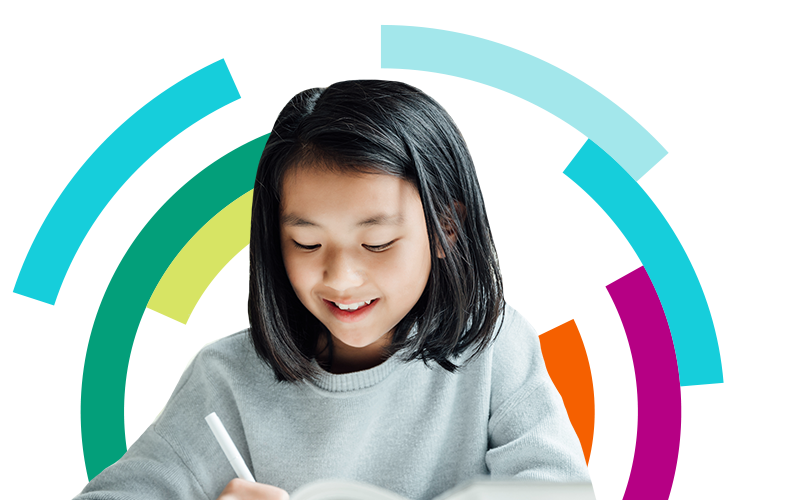Some of the kinds of anxiety that children may be diagnosed with include generalized anxiety, separation anxiety, social anxiety,selective mutism,
panic disorder,
obsessive-compulsive disorder,
and specific phobias.
What Are the Different Kinds of Anxiety?
by
Rachel Ehmke
What Are the Different Kinds of Anxiety?
And how do they affect children?
Clinical Expert: Dave Anderson, PhD
en EspañolWe all feel anxious sometimes, but some children experience anxiety that is so serious that it can be diagnosed as a disorder. A child may have an anxiety disorder if their anxiety is:
- Unrealistic
- Doesn’t go away
- Makes them start avoiding everyday things
Here are some different kinds of anxiety that children may be diagnosed with.
Separation anxiety disorder
Children with separation anxiety become extremely upset when they are separated from their caregivers. The distress that they feel is unusual for their age.
Some signs include:
- Worrying about parents getting sick or dying
- Worrying about getting lost or kidnapped
- Not wanting to go to school
Children with social anxiety disorder are very self-conscious. They can find it difficult to hang out with peers or participate in class.
Some signs include:
- Avoiding social situations
- Feeling panicky during social situations. Older kids may shake, sweat, or be short of breath. Younger kids may have tantrums or cry.
- Worrying people will judge them for being anxious
Selective mutism
Children with selective mutism have a hard time speaking in some places, like at school. Their anxiety goes beyond typical shyness. Kids withSM
can’t speak even when they badly want to.
Some signs include:
- Feeling “frozen” with anxiety and unable to speak
- Being able to speak in some places but not others (like school or around certain people)
Generalized anxiety disorder
Children with generalized anxiety disorder (GAD) worry about lots of everyday things. Kids withGAD
are often particularly worried about how they are doing in school.
Some signs include:
- Being a perfectionist
- Feeling “out of control” anxiety about many different things
- Having trouble sleeping
Panic disorder
Children with panic disorder have a history of panic attacks. Panic attacks are a scary and very sudden surge of symptoms that can make kids worry they are dying or “going crazy.”
Some signs include:
- Racing heart
- Sweating
- Shaking
- Dizziness
- Shortness of breath
- Nausea
Obsessive-compulsive disorder
Children with OCD experience unwanted thoughts, worries or impulses called obsessions. They often also develop repetitive actions — called compulsions — to calm the anxiety caused by their obsessions.
Some signs include:
- Fear of doing something “bad”
- Repeatedly asking for reassurance
- Repeatedly washing hands or making things even
Specific phobia
Children with specific phobia have extreme fears about a particular thing. These things aren’t typically considered dangerous but seem very scary to the child.
There are five common kinds:
- The animal type, or avoiding animals and bugs
- The natural environment type, or avoiding things like storms, heights or water
- The blood-injection-injury type, or avoiding things like seeing blood or getting a shot
- The situational type, or avoiding things like flying, tunnels and bridges
- The other type, or avoiding things like loud sounds, choking, vomiting and costumed characters
Frequently Asked Questions
This article was last reviewed or updated on May 3, 2024.

Social anxiety disorder